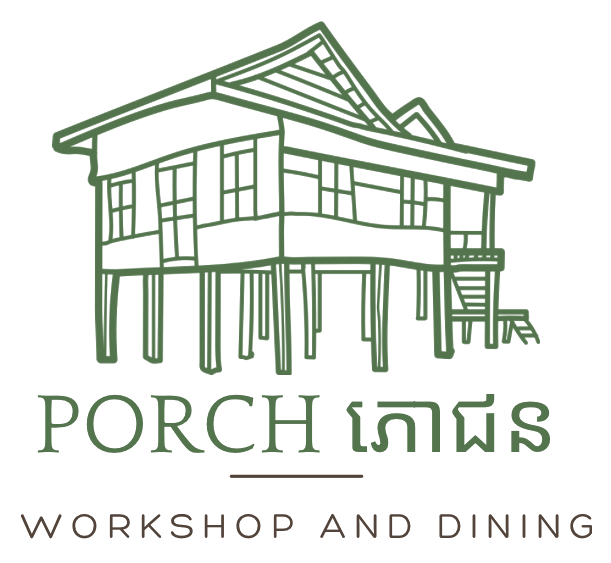About
We invite you to discover the magic of the hidden beauty village. Join us as we share our secrets of Khmer culinary and take you back to a place in time that enchanted you with a deep sense of beautiful past lives of people who lived in Phum Srah Srang.
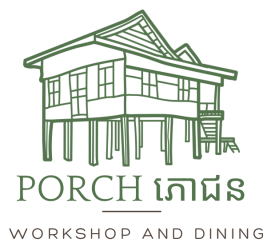
– Porch here meaning converted from a Khmer word of ភេាជន “phochniyodthan” is an eatery place Where people go to enjoy meals and basically means restaurants.
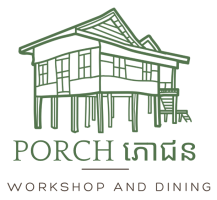
– Porch here meaning converted from a Khmer word of ភោជន “phochniyodthan” is an eatery place Where people go to enjoy meals and basically means restaurants.
The Story of our Wooden House
This wooden house was built by Christophe Loviny, an internationally celebrated and award-winning journalist, photographer, visual artist, and author, known for his biographies of famous political leaders, such as Aung San Suu Kyi and Che Guevara.
He is the founder and artistic director of the Yangon Photo Festival in Yangon Myanmar (established 2008), and Angkor Photo Festival and Workshops in Siem Reap Cambodia (established 2005).
Born in France in 1959, Christophe moved to South East Asia in the 1980s to pursue his passions in journalism, photography, writing and art. Having fallen in love with the ancient city of Angkor he built himself a traditional wooden house, where he lived during the 1990’s drawing inspiration from the surrounding nature, the imposing history of Angkor, and the enchanting beauty of the local folk. The house is known as Porch today. due to it’s mixture of traditional Khmer and European style open big windows design to maximize airflow and let the natural light in.
The Cambodia Christophe visited was a country still recovering from the the tragedy of the Khmer Rouge, civil war, and Vietnamese occupation. But this was a time when the Cambodian people were desperately trying to rebuild their country and culture.
Dance and music had returned with the help of a few artists who had survived the genocidal regime. Loviny preferred to document Cambodia’s cultural renaissance instead of its devastating past. He chose to celebrate traditional dance because “dance is at the heart of Cambodian identity”. The result of this project was Les Danseuses sacrées d’Angkor (“Sacred Dancers of Angkor”) published in 2002.
Currently the house is cared for by Christophe Loviny’s god daughter and we are privileged and honoured to have use of this special property where we are able to preserve and share authentic traditional Khmer experiences through a series of workshops such as cooking class, village walk tour, dining and so on…

Mr. Christophe Loviny
Image by Tokyo Foto Award
IN ancient Khmer,
there was a beautiful culture
People living in phum Srah Srang
History About PORCH's Location
Located in the very heart of the Angkor temple area in the Khmer village of Srah Srang you are within walking distance from the majestic of Banteay Kdei temples – and the sunrise at Srah Srang bassin, Angkor Archeological Park in the authentic village of Srah Srang. Srah Srang was home to the Royal Baths of Angkor’s most revered king JV VII. It is a beautiful pool flanked with mythical serpents (Nagas) and surrounded by forest and local village life. It is one of the most magical sunrise and sunset spots in all of Siem Reap. Right opposite is the majestic Banteay Kdei temple, one of the lesser visited gems of Angkor.
Srah Srang Village is an ancient village that dates back to the times of the Angkorian kings. Very few tourists venture into this village and a visit takes one back to a bygone era. Many elements of this ancient culture still exist today. We will introduce you to farming and cooking techniques where the soul of the Angkorian village continues to thrive in everyday life.
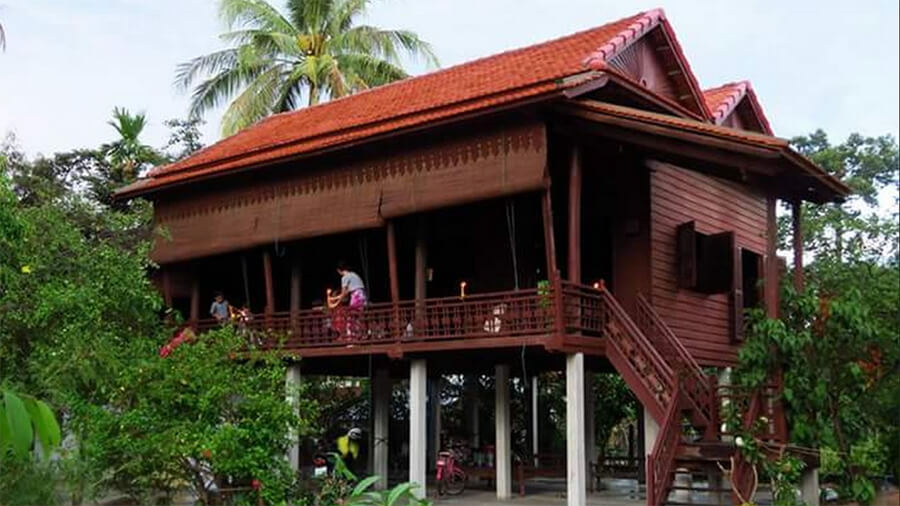
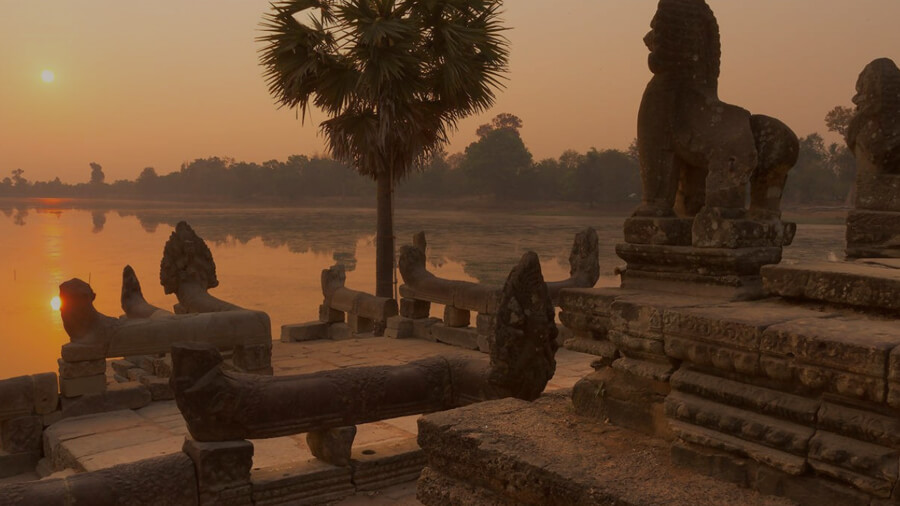
The warmth of the locals, the laughing children, the working animals, and, the collection of traditional wooden houses allow us to envisage what life may have been like a few centuries ago. As a rule, houses, like the temples, were orientated to the East in reverence of the rising sun, houses were built on stilts to protect from floods, and to create a shaded area to work, relax, or keep animals. More than any other village in the Angkor Park, Srah Srang maintains its ancient magic!
